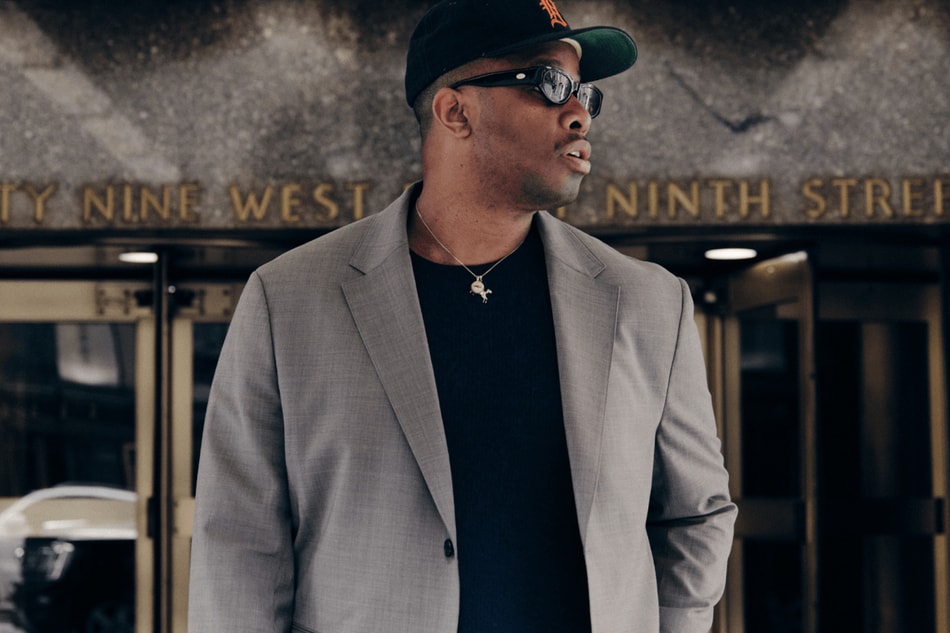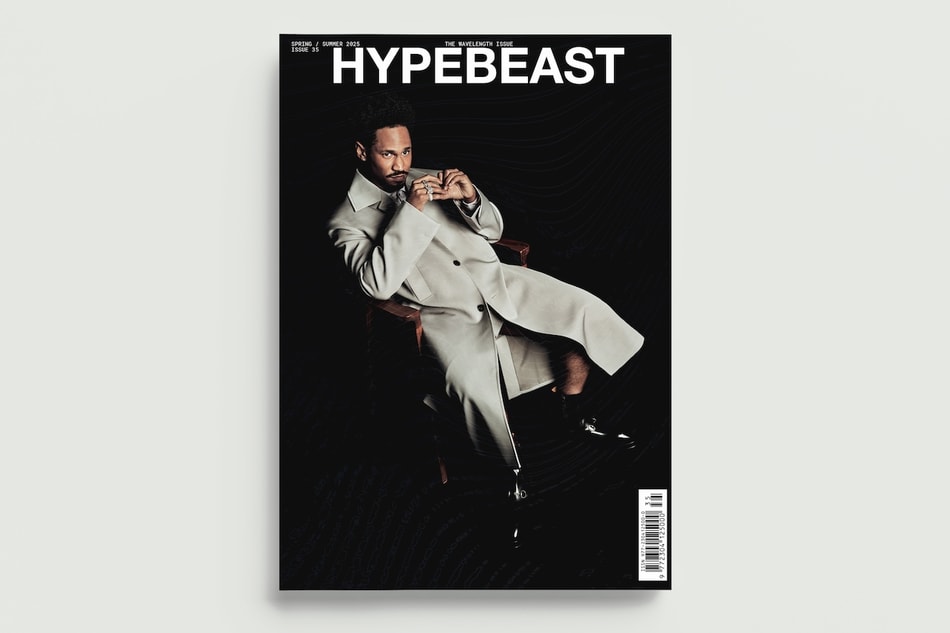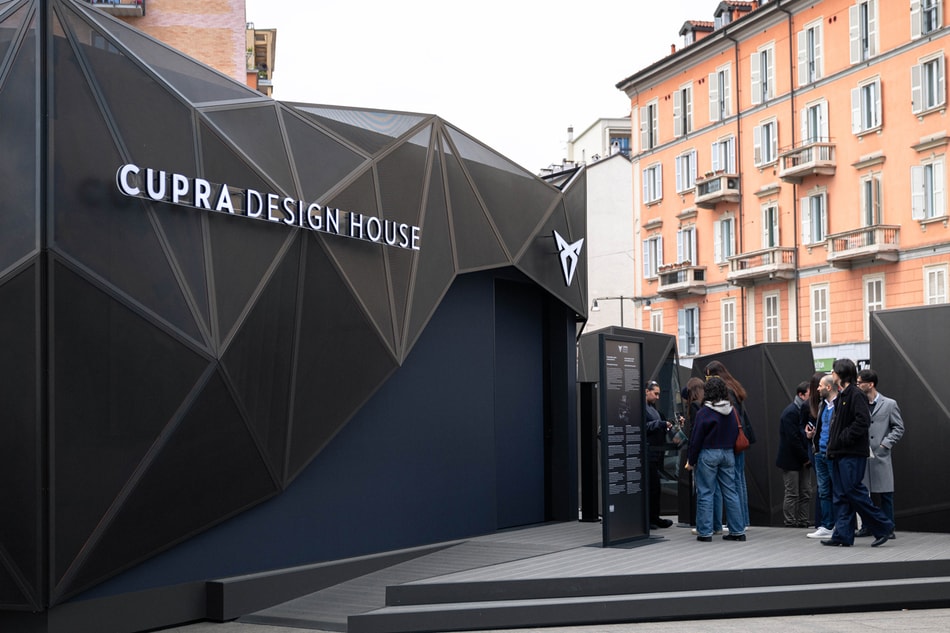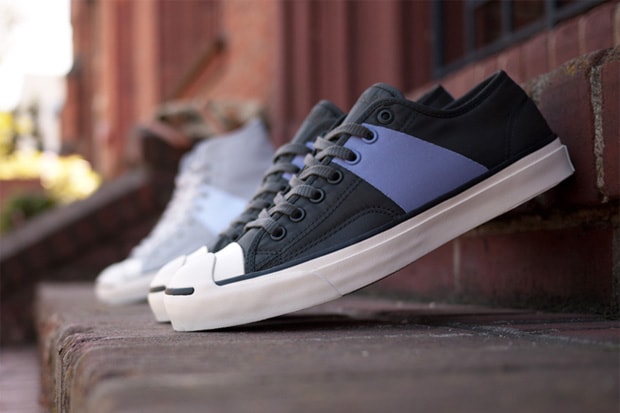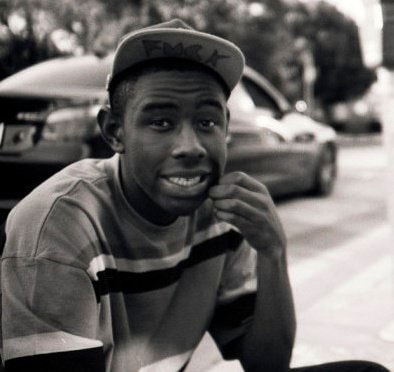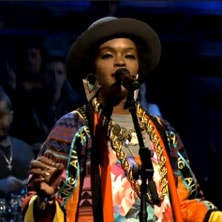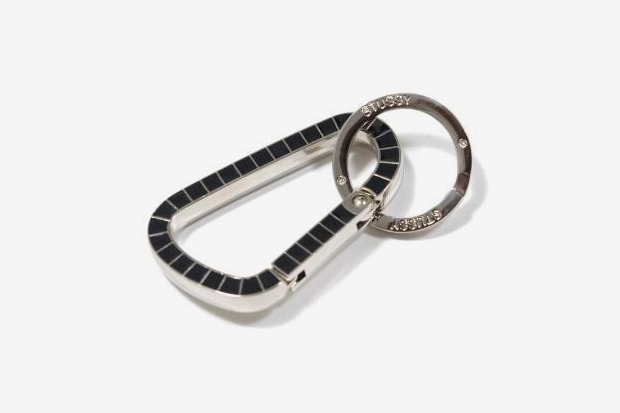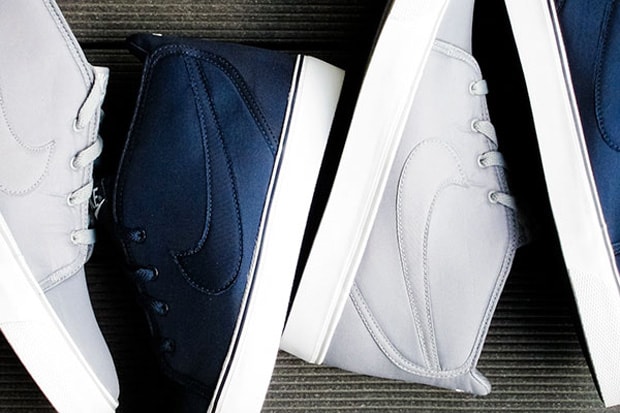A Conversation with Brian Moore
Brian Moore is the Vice President of Men’s Footwear for the Timberland Boot Company. Prior to

Brian Moore is the Vice President of Men’s Footwear for the Timberland Boot Company. Prior to joining Timberland, Brian was a Vice President at Burton Snowboards where he was the General Manager for the Gravis Footwear brand. Timberland is widely recognized for its brand of superior outdoor designs. Since its inception in Abington, Massachusetts in 1952, the company has strived to deliver the best in materials, construction and performance aesthetics, while connecting with the community and its consumer base.
Timberland has always set out… to make the most authentic outdoor gear. It needs to be real. It has only ever worked for us when it has been real. Our boots need to keep you dry and protected, they need to be rugged and durable. People need to trust in that – otherwise consumers don’t need us. The same goes for everything we make, from boat shoes to backpacks.
Timberland’s emergence in the hip-hop community… is equal to the emergence of the hip-hop community for Timberland. We’ve developed a long-standing relationship with the hip-hop community. It’s a bond that now goes back decades, and the consumer who first adopted Timberland did so because we made products that worked, period. There was no faking it. The foundation of that relationship hasn’t changed. As long as we respect the fact that what our customer wants from Timberland is authentic, high-quality product, styled appropriately without chasing some crazy trend, we can expect that relationship to stay strong.
The 6” boot is… our most iconic style and the foundation of our business. It has become the model for how we make everything at Timberland. The design is simple, but it solves a fundamental outdoor need in a very innovative way. Back in 1973, we noticed a lot of wet feet… that happens in New Hampshire in the winter. So the company worked to create a boot that was built in a way so people’s feet wouldn’t get wet. And we built the boots to last. That’s it. No flashing lights, bubbles or neon signs, just a simple, clean boot that worked better than the one that came before it. It took the needs of people who spend time outdoors seriously, and that is how we still make our boots today.
Redefining a classic… is something that we felt was the right thing to do. A few years back we developed a technology in our Timberland PRO® division called “anti fatigue.” It addresses the comfort and support needs of workers who spend hours on their feet at job sites. Just like our development of waterproof leather and seam-sealing in the 1970s, this was an advancement that radically improved something we already had out there. So we decided to introduce it in our Men’s Premium Waterproof boots, starting this fall. The anti-fatigue material in the footbed makes the boot a lot more comfortable and we also managed to make the forefoot more flexible. It’s the first real change in that classic boot since 1973, but we think it’s the right one. It’s an inside-only improvement, though – externally, the boot looks exactly the same.
Adapting to shifts in fashion trends… isn’t something we worry too much about. And it’s not that we don’t care about style. We have a passionate design team which is all about keeping our new drops relevant. But we don’t see short-term shifts in fashion trends as anything that really drives our business.
The gap between performance and fashion… has never really been a gap, we’ve been lucky. Our boots and shoes have been on-point because they perform and because of what they offer. By that I mean: it just looks right to be wearing a pair of rugged boots outside on a rough day in December. The same holds for wearing boat shoes or sandals in the spring. We’ve found that if we do our job, pick the best materials and build shoes that work in the elements, the result is something that is real. I think that authenticity has always been at the root of what makes us “fashionable.”
Introducing new ideas to the public… takes patience. We market and advertise our styles, and have a great team that does. But our relationship with people who shell out that kind of money for Timberland® boots goes deeper and is based on trust – trust that we got it right, and trust that the shoes and gear will hold up and do what we say they will. Because of that, “word-of-mouth” is critical. No one is going to run out and buy a pair of improved Timberland® boots just because we tell them to. They are going to try them out. And if they deliver, they are going to tell someone else. That process takes a bit longer than a big TV and magazine blitz. But it’s more sustainable in the long-run because it is real. And that is how we prefer it.
Photography: Keith Taylor

